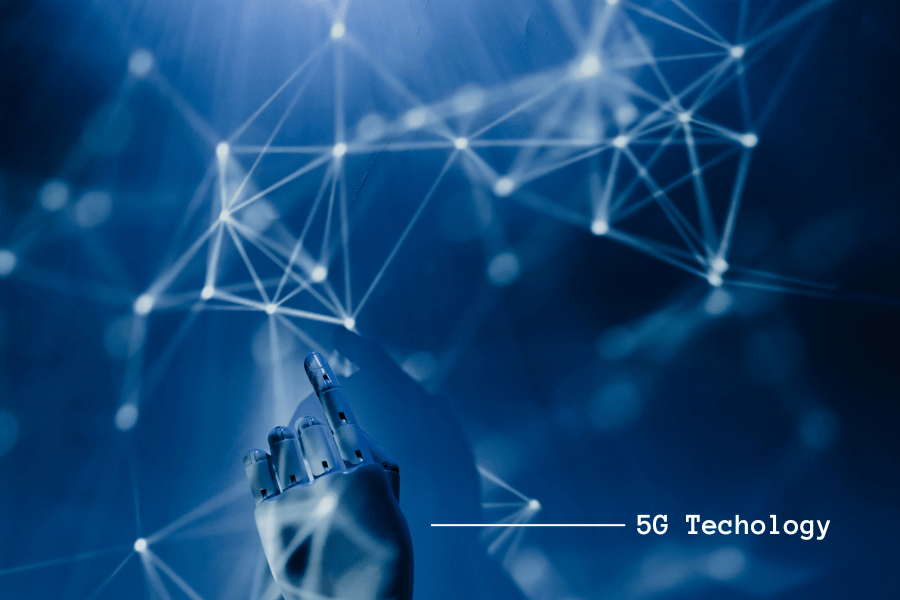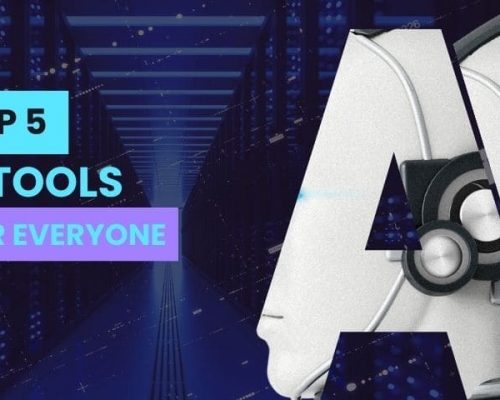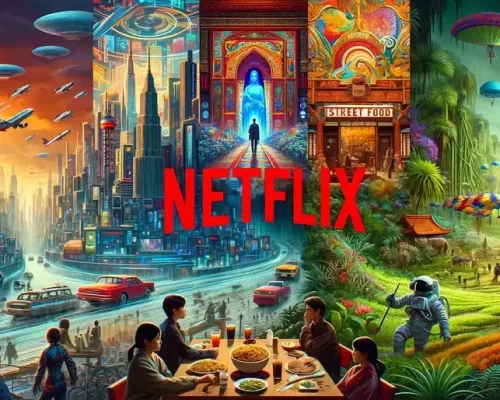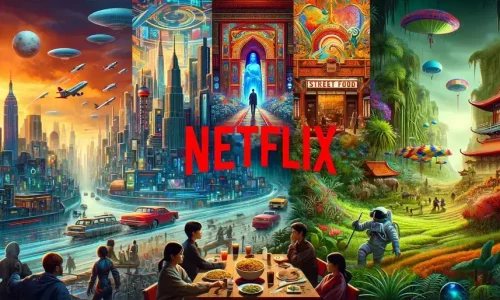In the whirlwind of technological advancements, 5G, IOT devices has emerged as a beacon of the future, fundamentally altering how we live, work, and interact. As we move through 2024, it’s clear that the deployment of 5G networks worldwide is not just an upgrade in telecommunications; it’s a revolution that’s reshaping our world in profound ways. This article delves into the transformative impact of 5G technology, highlighting its innovations, challenges, and the future it is sculpting for us.
Unleashing Unprecedented Speeds – IOT Devices
The hallmark of 5G is its lightning-fast speeds, which are significantly higher than its predecessor, 4G. With potential download speeds reaching up to 10 gigabits per second, 5G is up to 100 times faster. This increase in speed and reduction in latency is revolutionizing internet services, making downloading and streaming seamless and more efficient than ever before.
Redefining Connectivity and Communication
The introduction of 5G has redefined connectivity, offering a more robust and reliable network. This has a profound impact on how we communicate, extending beyond mere voice calls and texts to high-definition video calls and streaming, without the lag that plagued earlier technologies. The ability to connect more devices simultaneously has also opened up new avenues for smart homes and cities, where everything from refrigerators to street lamps can be interconnected through the Internet of Things (IoT).
Transforming Industries and Infrastructure
5G’s impact on industries and infrastructure is monumental. In manufacturing, it’s facilitating the use of automated robots and real-time monitoring, significantly improving efficiency and safety. The health sector benefits from telemedicine, where 5G’s low latency enables remote surgeries and patient monitoring, making healthcare more accessible. Furthermore, 5G is playing a pivotal role in developing smart cities, improving everything from traffic management to energy distribution.
The Backbone of Emerging Technologies – IOT Devices
The deployment of 5G is acting as the backbone for emerging technologies. It is pivotal in advancing the use of augmented reality (AR) and virtual reality (VR), providing the speed and responsiveness these technologies require to function seamlessly. Moreover, 5G is essential for the growth of autonomous vehicles, enabling them to communicate with each other and with infrastructure, thereby improving safety and efficiency on the roads.
Enhancing Personal and Professional Lives
On a personal level, 5G is enhancing our lives by making digital services more accessible and reliable. High-speed internet is no longer confined to urban areas, as 5G expands into rural regions, bridging the digital divide. Professionally, 5G is enabling a more flexible and efficient remote working environment, supporting the bandwidth-intensive applications and tools that remote work requires.
Navigating the Challenges
Despite its numerous benefits, the rollout of 5G has not been without challenges. The high cost of infrastructure development, concerns over health and environmental impacts, and geopolitical tensions regarding 5G technology and equipment are significant hurdles. Additionally, there’s a need for widespread digital literacy to ensure that all sectors of society can benefit from the opportunities 5G presents.
The Road Ahead
As we look towards the future, it’s evident that 5G will continue to be a major driver of technological innovation. The ongoing development of 6G, which promises even greater speeds and lower latency, indicates that the evolution of telecommunications is far from over. However, the true potential of 5G lies not just in its technological capabilities but in how it can be harnessed to address global challenges, from climate change to inequality.
Advancing Public Safety and Emergency Services
The implementation of 5G networks is set to transform public safety and emergency services dramatically. With its high-speed data transmission and low latency, 5G allows for the real-time sharing of video and other critical data among first responders and public safety agencies. This enhances situational awareness during emergencies, leading to more coordinated and effective responses. For instance, drones equipped with cameras can stream live footage of disaster-stricken areas to command centers, enabling the swift assessment of situations and deployment of necessary resources. Additionally, 5G facilitates the use of wearable devices for tracking the health and location of first responders, ensuring their safety during operations. This leap in communication capabilities is essential for building more resilient communities in the face of natural disasters and emergencies.
Catalyzing the Entertainment and Media Industry
5G is set to revolutionize the entertainment and media industry by offering immersive experiences that were previously unimaginable. High-definition streaming, without the annoyance of buffering, becomes the new standard, making 4K and even 8K video streams accessible to the mainstream. Moreover, the ultra-low latency of 5G networks is a game-changer for online gaming, allowing for real-time interaction and a seamless gaming experience, even in multiplayer environments. Additionally, 5G is unlocking the potential of virtual and augmented reality (VR and AR) in entertainment, offering experiences that are more immersive and interactive. These advancements are not just enhancing the way we consume media and entertainment but are also opening up new avenues for content creators to innovate and engage with audiences in novel ways.
Enabling the Future of Education
The educational sector stands to benefit immensely from the deployment of 5G technology. With its high-speed connectivity and minimal latency, 5G can facilitate interactive and immersive learning experiences through AR and VR, making education more engaging and accessible. Students in remote or underserved areas can enjoy high-quality online education, breaking down geographical barriers to access educational resources. Moreover, 5G supports the proliferation of smart classrooms, where IoT devices can create a more interactive and personalized learning environment. This can lead to improved student engagement and outcomes. As 5G becomes more widespread, its potential to transform the educational landscape by making learning more inclusive, engaging, and effective is becoming increasingly evident.
Boosting Retail and E-commerce Innovation
The retail sector is undergoing a transformation with the advent of 5G technology. In physical stores, 5G can enhance the customer experience through AR, allowing customers to visualize products in different settings or try on clothes virtually. This integration of digital experiences into physical retail is creating a more engaging and personalized shopping experience. In the realm of e-commerce, 5G’s high-speed connectivity enables faster and more reliable online transactions, while also supporting advanced technologies like drone delivery systems. Furthermore, the vast network of IoT devices powered by 5G can provide retailers with real-time insights into inventory levels, customer preferences, and shopping patterns, enabling them to optimize their operations and deliver a more personalized shopping experience. As 5G continues to evolve, it promises to further blur the lines between physical and digital retail, offering consumers unprecedented convenience and choice.
Empowering Smart Agriculture
5G technology is revolutionizing the agricultural sector by introducing precision farming, which leverages IoT devices and real-time data analytics to enhance crop yields and reduce waste. Through sensors and drones that monitor crop health, soil moisture levels, and weather conditions, farmers can make informed decisions that lead to more efficient use of resources. This is crucial in an era where climate change poses significant threats to food security. Moreover, 5G enables autonomous tractors and farm equipment, reducing the need for manual labor and increasing productivity. This transition to smart agriculture promises not only to sustain the rapidly growing global population but also to minimize agriculture’s environmental footprint, marking a significant step towards sustainable farming practices.
Conclusion
In conclusion, the impact of 5G in 2024 is both transformative and far-reaching, touching every aspect of our lives. From enhancing personal and professional experiences to driving industrial efficiency and paving the way for future innovations, 5G is indeed reshaping our world at light speed. As we continue to navigate its challenges and opportunities, one thing is clear: the journey into this new era of connectivity is only just beginning. The promise of 5G extends beyond technological advancement; it lies in its potential to connect us in ways we’ve only begun to imagine, making our world more accessible, efficient, and integrated.








